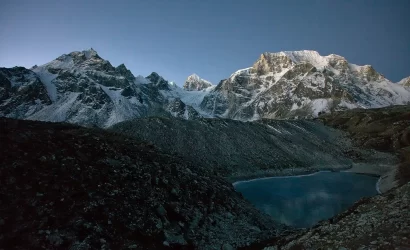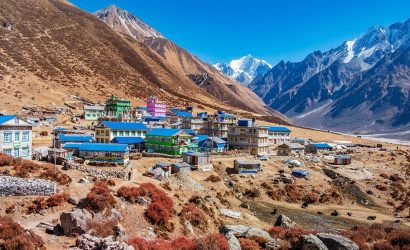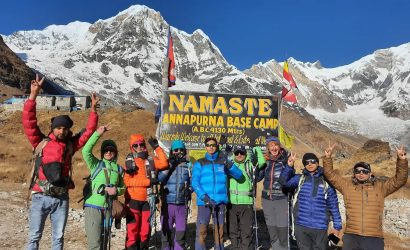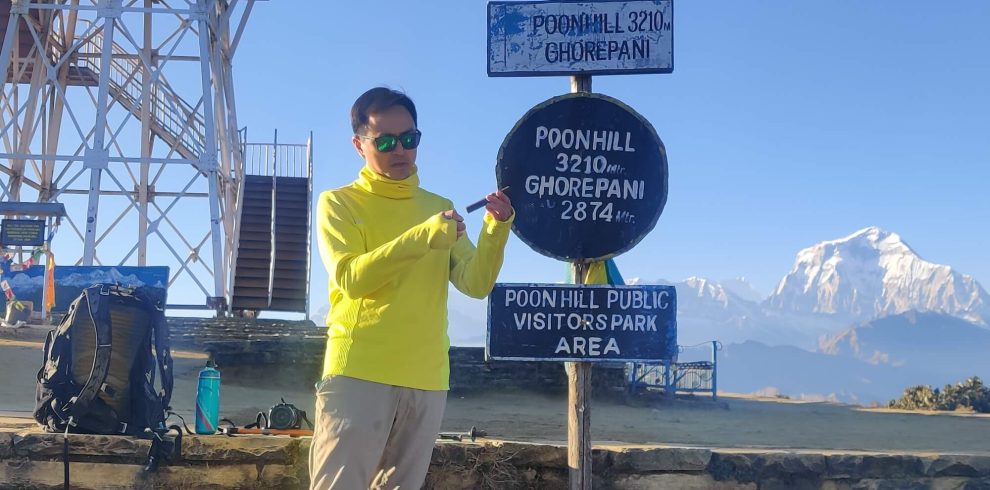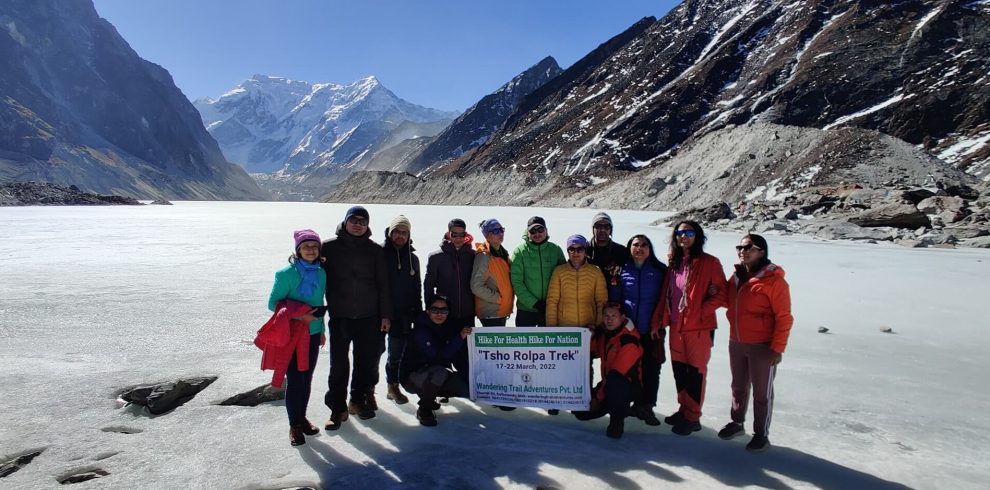Overview
The trek to Manaslu Base Camp is notoriously difficult and is among the top hikes in the Manaslu Region. At an altitude of 8,163 meters, Mt. Manasulu ranks as the eighth-highest mountain on Earth. It can be found in the Mansiri Himal region of central western Nepal. The name Manaslu comes from the Sanskrit word for “Mountain of the Spirit,” and it fits perfectly. There have always been a lot of Japanese visitors. Toshio Imanishi of Japan, with the help of Gyalzen Norbu, climbed this hill for the first time in 1956, and ever since then, Japanese mountaineers have preferred to ascend it.
Trekking to Manaslu’s base camp is another well-known option for adventurers interested in the area. Located on the Nepali side of the border with Tibet, this rural valley route in Nepal is a veritable natural beauty. Due to its status as a restricted trekking route in the Manaslu Region and the need for specialized trekking permits, the Manaslu base camp trek route only recently became available to tourists as an exciting walking expedition.
In order to reach Larkya La pass, the trek’s highest point, you’ll have to make your way through a number of different ecosystems, including farmland, bamboo, rhododendron, oak, and pine woods. This pass is located at an elevation of 16,500 feet. Pawar Peak (6,620m/21,720ft), Cheo Himal (6,820m/22,376ft), the Himlung pyramid (7,126m/23,380ft), Gyaji Kung (7,030m23,065ft), Kang Garu (6,981m/22,905ft), and Annapurna II (7,937m/26,041) can all be seen from the pass.
Highlights of Manaslu Base Camp Trek
- Cross one of the highest passes in the world at Larkya La Pass at 5,106 meters
- Spot wildlife species of Tahr (mountain goat), Agali (Blue Sheep), Pika (Highest Living Mammal), Himalayan Marmots, and even Snow Leopard
- Spectacular panoramas of Manaslu, Cheo Himal, Ganesh Himal Range, Himlung Himal, Lamjung Himal, Nemjung, Gyaji Kang Guru, and Annapurna II
- One of the popular restricted trekking regions with high altitude glacial lakes; four glaciers are mingled above Lamjung Himal
- Soak into the lifestyle and culture of Nuri, ethnic habitant of the region
- Explore the fascinating Tibetan influenced culture and festivals celebrated by Indo-Aryan Hindus like Magar, Gurung, Tamang, Burmese.
- Rich in local multi ethnic biodiversity and natural scenery with captivating of Manaslu Conservation Area
- Trails pass-through several farmlands; Budhi Gandaki River Gorge, forests of rhododendrons, oak, pine, bamboo, cedar, birch, juniper, and delightful meadows
Trip Reviews
There are no reviews yet. Be the first one to write one.
Write a Review
Your email address will not be published.


